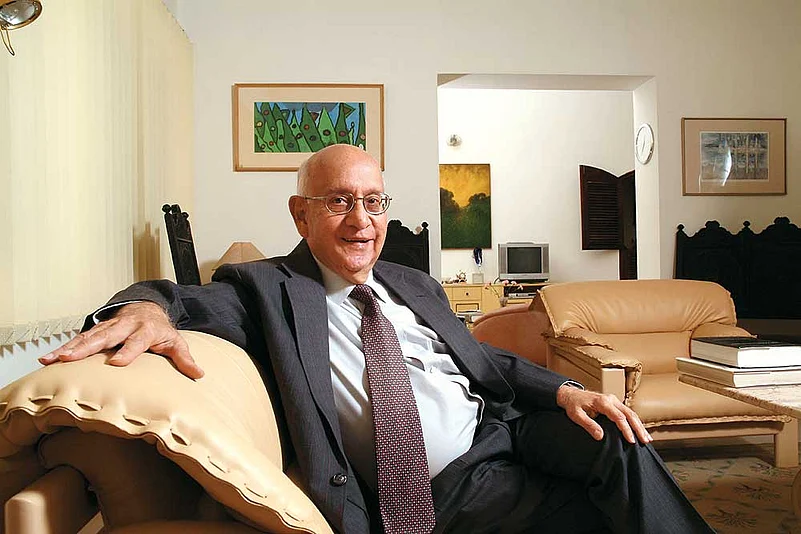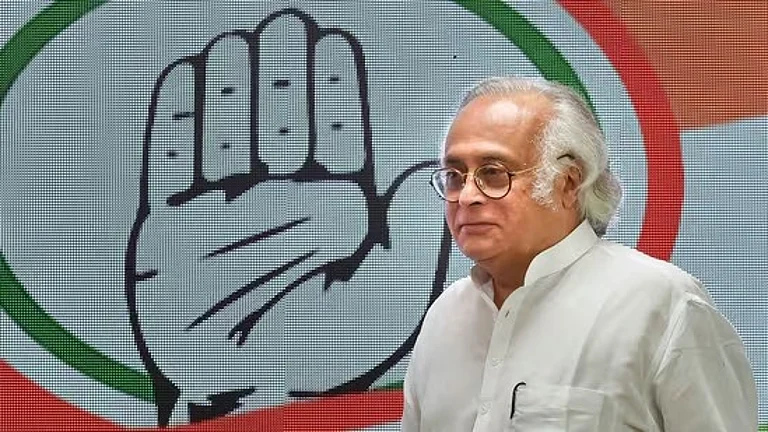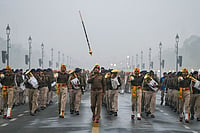From his perch as head of Titan Industries from early 1986 to 2002, Xerxes Desai has seen primary rival HMT at very close quarters. The Bangalore- based Desai was the one who led the private sector charge against HMT. He won that battle conclusively. In an interview with Arindam Mukherjee, Desai recounts the battle royale. Excerpts:
What kind of stature did HMT have in the days before Titan happened?
They were really a tribute to India’s manufacturing skills and had outstanding engineers as precision engineering is very demanding and they were able to bring out outstanding products. We regarded HMT with great respect in those days, both as a company and for what it produced. It had tremendous strength in manufacturing and production which was difficult to match in those days. They set new standards in watch-making in terms of functionality, their watches had very good movement and were mostly hand-wound though they were making a move towards quartz watches.
What were their basic strengths apart from manufacturing?
They were so well entrenched in watch-making. They were a household name and held that leadership position for 30 years. They started in 1961 and till 1991, when we became market leaders, it was difficult to stand up against them. We had to use every trick in the book to fight them. While they lacked design and marketing skills, they had a huge retail presence and a well-established distribution system.
So why did they lose out?
I respected their manufacturing skills and scale but in terms of design, appearance of their products and marketing, they were not very strong. Also, the fact that HMT dealt with and worked through distributors, it distanced them from retailers where the action was. We went directly to the retailers. But a major factor in their downfall was their major shareholder, the government. At a time when everyone was moving towards quartz and it was evident the future of watches was in quartz, they stuck to mechanical watches. In fact, a new mechanical watch unit was set up in Nainital which was someone’s constituency. They also did not expand enough according to the requirements of the market. If they were given the means to produce more, they would have been a formidable force. The government did not give them adequate funds to expand and forced them to stay in mechanical watches.
But they did get into quartz watches....
Yes, but they did not manufacture them and imported them from companies like Citizen. That was again a mistake. We were in a position a tad above them then and instead of protecting their turf in mechanical watches, they started to compete with us in quartz watches.
How difficult was it, setting up a watch company in competition with such a giant?
When we first went to the government of India for approval of the joint sector project with the Tamil Nadu government, the industry secretary at the time told us that over his dead body would the Tatas be allowed to get into watches. HMT was a government-ensured monopoly. It was much later, in Rajiv Gandhi’s time, that we were allowed to start.
Did you ever use an HMT watch yourself?
Yes, it was my second watch and it lasted me many, many years.
When did you buy it?
It was around 1966. In those days, I had to apply for allotment of an HMT watch and even pay earnest money for placing the order. After six months, I got a postcard saying my watch had come and asked me to go to a Bombay showroom to collect it. I paid about `70-75 for the watch then. It was a princely amount at the time.






















